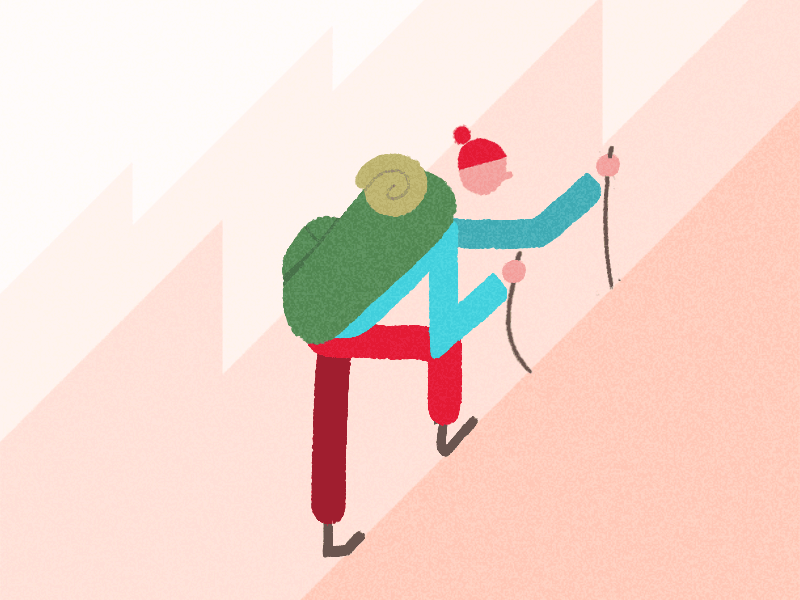
Hiking uphill with H!
Emergent Literacy Guide
Rationale: This lesson will help students identify /h/, the phoneme represented by H. Students will learn how to recognize the letter and sound /h/ in spoken words by learning a sound analogy, finding /h/ in words, and apply phoneme awareness with /h/ in phonetic cue reading.
Materials: Primary paper and pencil; chart with “Hannah’s horse has a healthy heart”; drawing paper and crayons; Dr. Suess’s ABC (Random House, 1963); assessment worksheet identifying objects with /h/; word cards with HOT, HOP, TUG, HORSE, DOG, HAND.
Procedures:
-
Say: Our written language is a secret code. The tricky part is learning what letters stand for. The mouth moves as we say words. In this lesson, we are going to work on spotting the mouth move /h/. We spell /h/ with the letter H. When we say /h/, it sounds like we’re hiking uphill on a hot day. When we are out of breath, it sounds like /h/.
-
Say: We are going to pretend we are hiking uphill, /h/, /h/, /h/. [Pantomime puffing chest] It sounds like we are out of breath. When we make the /h/, our mouth is open and we are breathing out.
-
Say: We are going to find /h/ in the word help. I’m going to stretch out help out very slowly the /h/ sound. Hh-e-e-lp. Now, even slower: Hhhh-eee-lll-p. There it was! I felt my mouth open and air coming out. Did you hear it?
-
Let’s try a tongue tickler [on chart]. “Hannah’s horse has a healthy heart". Let’s say it three times together. Now say it again, but this time let’s stretch out the /h/ sound. “Hhhannahhh’s hhhorse hhhas a hhhealthy hhheart. Try it again, but this time break the /h/ off the word: “/h/anna/h/’s /h/orse /h/as a /h/ealthy /h/eart.
-
[Have students take out primary paper and pencil]. We use the letter h to spell /h/. For capital H, start at the rooftop and go down for a wall, go down for another wall, and then cross at the fence. For lowercase h, start at the rooftop, come down, and hump over. I want to see everybody’s h. After I put a smiley face on it, I want you to make nine more just like it.
-
Call on students to answer and tell how they knew: Do you hear /h/ in hot or cold? Horse or cow? Hat or scarf? Hand or foot? Happy or sad? Let’s see if you can spot the mouth move /h/ in some words. Puff your chest if you hear /h/: home, girl, ham, honey, flower, hair, pink, water, bed, high.
-
“Let’s look at an alphabet book by Dr. Suess. Dr. Suess tells us about some funny animals. Let’s read (page on video: 9:30) and draw out /h/. Every time you hear /h/ puff your chest”. Ask them to make up their own silly creature like “Happy-hilly-heffy”. Then have them write out their silly creatures' names with invented spelling and draw a picture.
-
Show HOT and model how to decide if it is hot or pot: The H tells me to open my mouth and breath out, /h/, so this word is hhh-ot, hot. You try some: HOP: hop or top? TUG; hug or tug? HORSE: horse or force? DOG: dog or fog? HAND: hand or sand?
-
For the assessment, distribute the worksheet. Students will color in the picture that starts with the letter h. Call up students individually to read the phonetic cue words from step #8.
Reference:
Dr. Bruce Murray (2012), Making Sight Words. Ronkonkoma, NY 11779.
Dr. Suess’s ABC (Random House, 1963)
Online version: https://www.youtube.com/watch?v=hlV_ddc_KpU&t=569s
Susanna Fields, Running H-H-Hard! https://susannafields95.wixsite.com/literacylessons/emergent-literacy
Hannah Ayers, Popping with the Letter P! https://ayershk.wixsite.com/mysite/emergent-literacy
Assessment: https://twistynoodle.com/circle-the-words-that-begin-with-h-coloring-page/
Return to the Insights index.